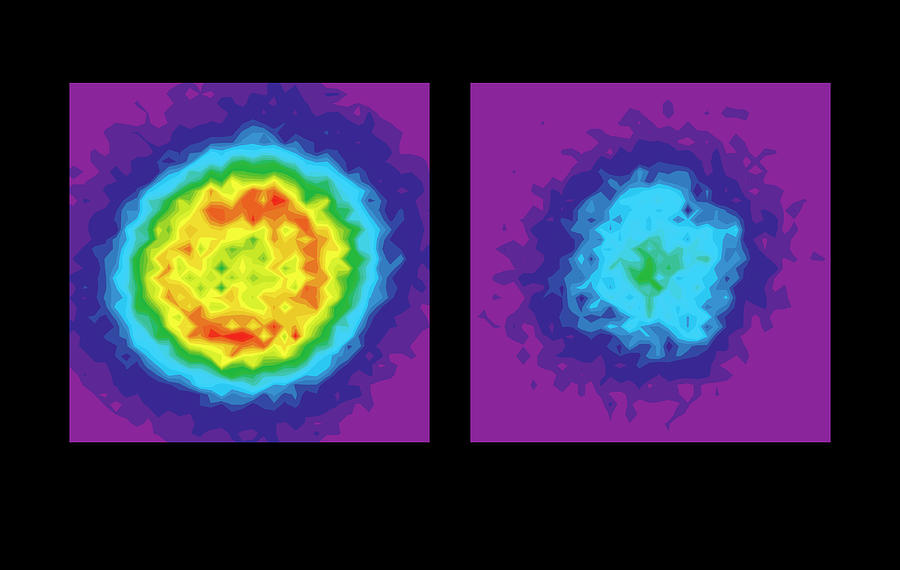

The antielectron - the positron - is produced in some rare radioactive decays called beta plus. The electrical current of our appliances and our lamps is a current of electrons, not of protons!Ī world built with negative protons and positive electrons would be just as plausible as ours. Electrons are light weights compared to 1800 times heavier protons. Positive protons are confined within a tiny nucleus, while negative electrons move around in an infinitely larger space. However, one can not dream of a matter less symmetrical than the matter which surrounds us! Inside our atoms, protons carrying a positive electric charge + e coexist wih electrons carrying an equal but negative charge -e. Retrieved 13 March 2021.Nature loves symmetry.
ANTIMATTER PICTURE MOVIE
"Angels & Demons: The Physics Behind The Movie (and The Book)". Archived from the original on 22 April 2017. ^ "Details on antimatter triggered fusion bombs - ".Archived from the original on 16 August 2017. Tools of War: History of Weapons in Modern Times. Archived from the original on 24 April 2013. ^ a b "Laser technique produces bevy of antimatter".Archived from the original on 28 December 2014. Archived from the original on 29 December 2014. ^ a b "Air Force pursuing antimatter weapons / Program was touted publicly, then came official gag order".Megatron of the Transformers possesses the ability draw on antimatter and utilize it for offensive purposes. In Tiamat's Wrath, the eighth novel in The Expanse series, Martian Marine Roberta Draper uses an antimatter-based explosive to destroy The Tempest, the flagship of the Laconian Empire in the Sol system. Photon torpedoes in the Star Trek franchise utilize antimatter warheads. In popular culture Īn antimatter weapon is a part of the plot of the Dan Brown book Angels and Demons and its film adaptation, where it is used in a plot to blow up the Vatican City. The same technology could theoretically be used to make very small and possibly "fission-free" (very low nuclear fallout) weapons (see pure fusion weapon). Antimatter catalyzed weapons Īntimatter-catalyzed nuclear pulse propulsion proposes the use of antimatter as a "trigger" to initiate small nuclear explosions the explosions provide thrust to a spacecraft. As such, Hui Chen of Lawrence Livermore National Laboratory dismissed concerns about antimatter bombs in 2008 as "unrealistic". By way of comparison, the cost of the Manhattan Project (to produce the first atomic bomb) is estimated at US$23 billion in 2007 prices. Using the convention that 1 kiloton TNT equivalent = 4.184×10 12 joules (or one trillion calories of energy), one half gram of antimatter reacting with one half gram of ordinary matter (one gram total) results in 21.5 kilotons-equivalent of energy (the same as the atomic bomb dropped on Nagasaki in 1945).Īs of 2004, the cost of producing one millionth of a gram of antimatter was estimated at US$60 billion. Annihilation requires and converts exactly equal masses of antimatter and matter by the collision which releases the entire mass-energy of both, which for 1 gram is ~9×10 13 joules. The paramount advantage of such a theoretical weapon is that antimatter and matter collisions result in the entire sum of their mass energy equivalent being released as energy, which is at least two orders of magnitude greater than the energy release of the most efficient fusion weapons (100% vs 0.4-1%). Antimatter weapons are currently too costly and unreliable to be viable in warfare, as producing antimatter is enormously expensive (estimated at $6 billion for every 100 nanograms), the quantities of antimatter generated are very small, and current technology has great difficulty containing antimatter, which annihilates upon touching ordinary matter. An antimatter weapon is a theoretically possible device using antimatter as a power source, a propellant, or an explosive for a weapon.


 0 kommentar(er)
0 kommentar(er)
